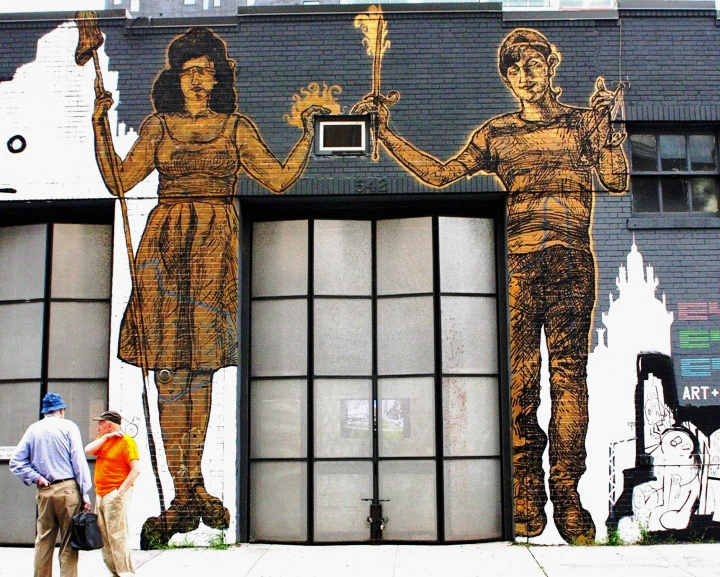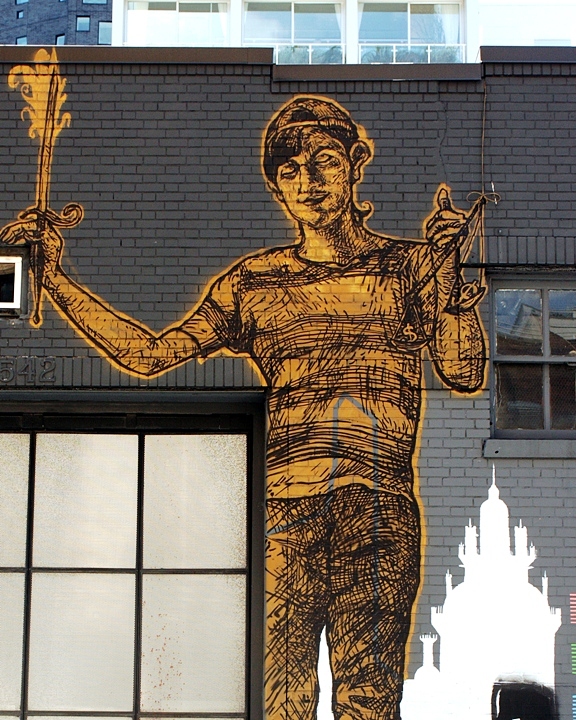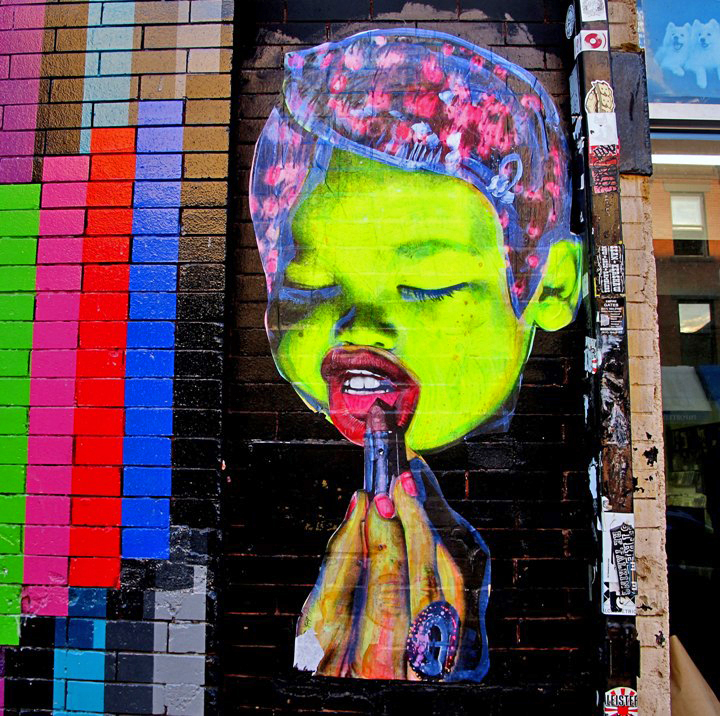
A number of years back, Judith Supine’s distinct aesthetic language was an integral part of New York City’s visual landscape. His intriguing, surreal collages — fusing a motley range of found images — surfaced regularly on New York City walls. But then they, largely, weathered away and eventually vanished. We did get to see Supine’s work in various gallery spaces, including the Jonathan LeVine Gallery, but we missed his presence on the streets.
At Jonathan LeVine
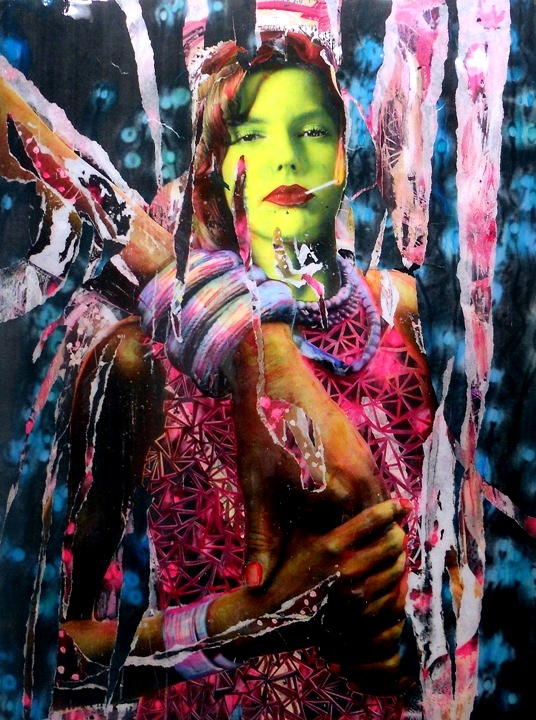
And so it was a delightful surprise to see his seductive work back on the streets, some in collaboration with West Coast artist Jesse Hazelip:
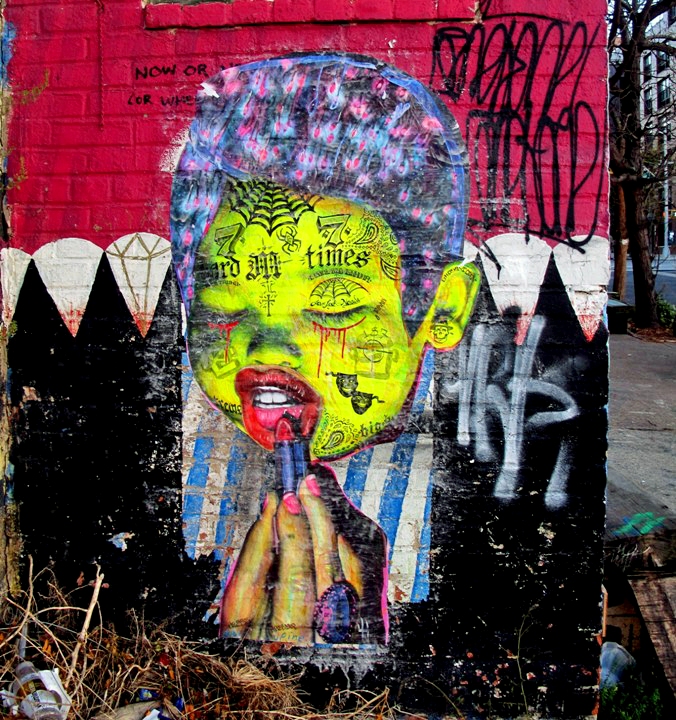
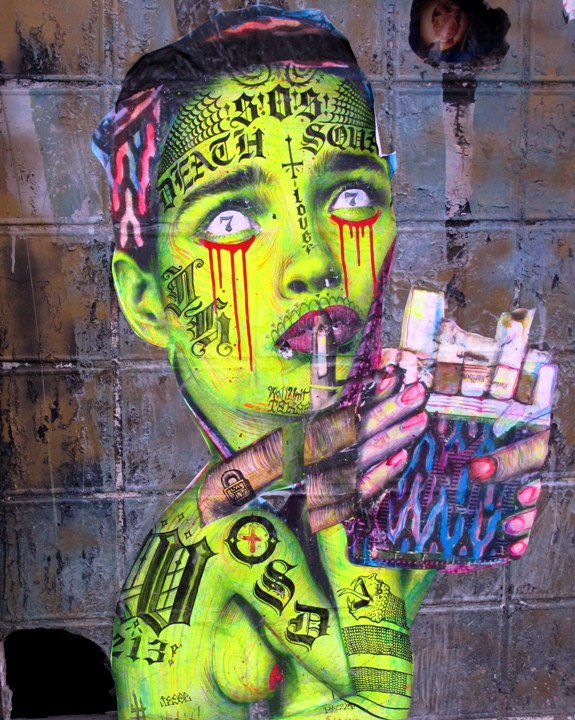
Photos by Lois Stavsky
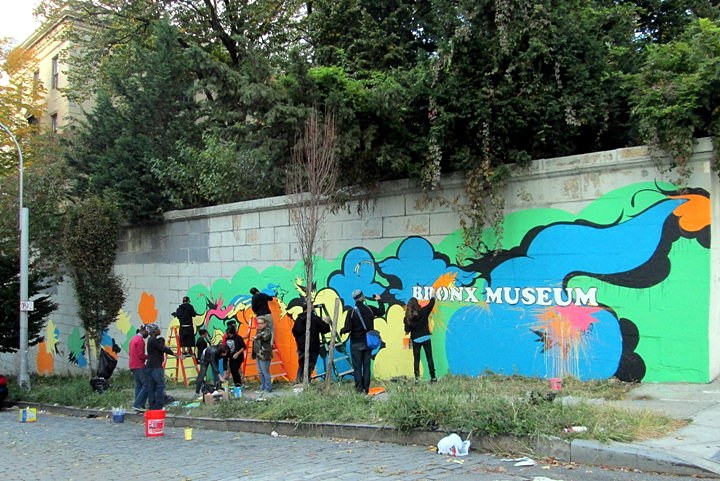
This past weekend, Sofia Maldonado, one of our favorite artists, collaborated with the Bronx Museum’s Teen Council alumni and Jerry Otero’s Cre8tive YouTH*ink to fashion a mural celebrating the Bronx Museum’s 40th anniversary and its free admission policy. The elegant mural can be seen on the exterior of the Andrew Freedman Home at 1125 Grand Concourse. Here are some more images:
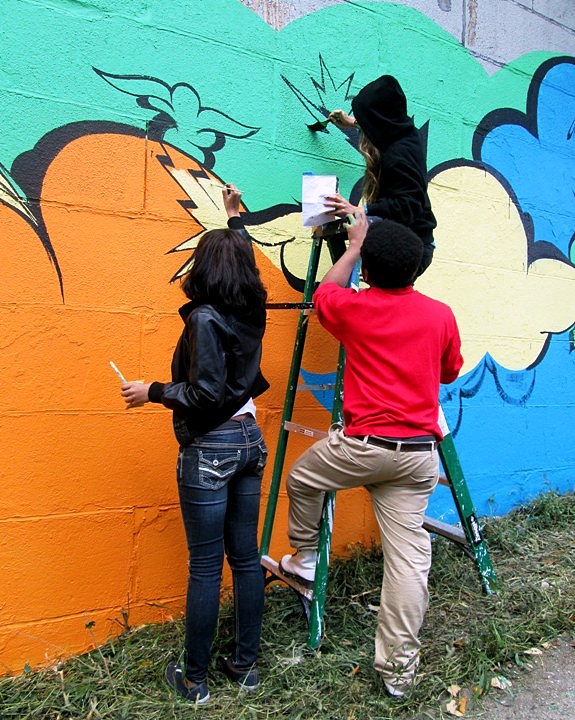


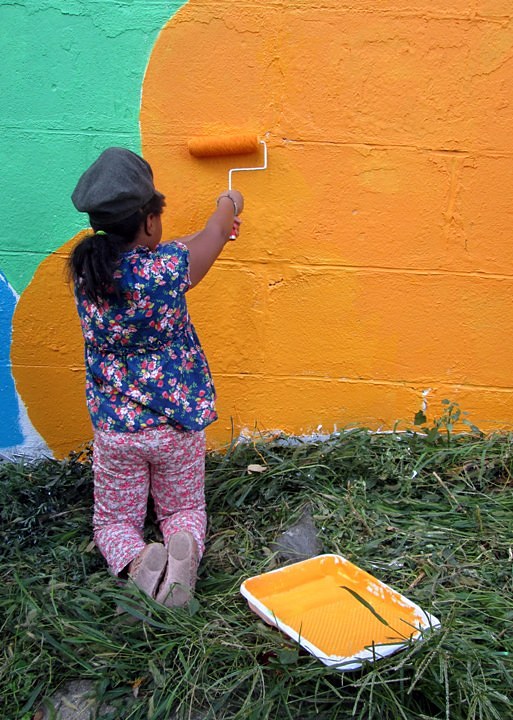

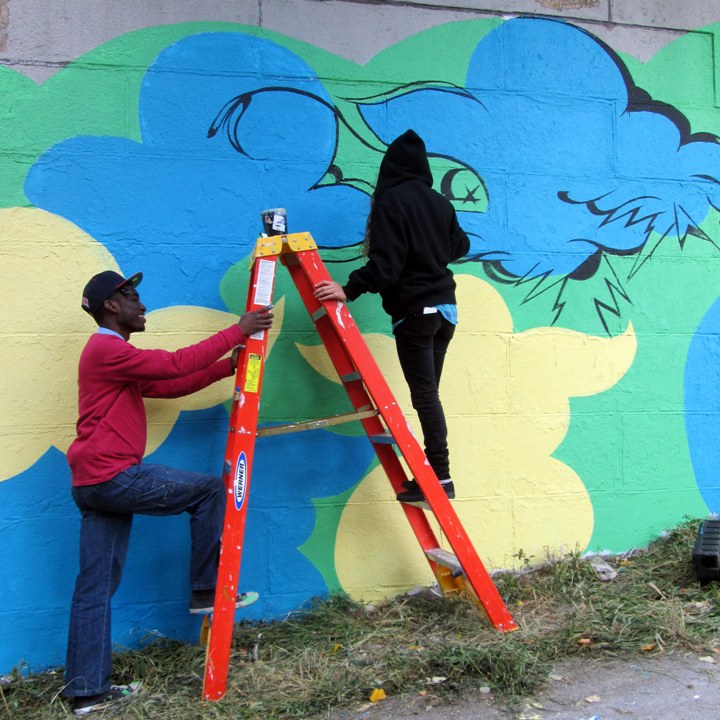

Photos by Lenny Collado with special thanks to Sofia Maldonado, Jerry Otero aka Mista OH, Robin Cembalest of ARTnews and Miriam D. Tabb & Hannie Chia of the Bronx Museum.
Deemed “The People’s Picasso” back home in Salvador, Brazil, Bel Borba has been transforming his country’s visual landscape for 35 years. For the past month, he has been here in New York City creating artwork — with Burt Sun and André Costantini — from recycled and found materials in different locations throughout the city. This past weekend, these pieces were brought together for a final installation in Times Square. Here are some images captured yesterday:

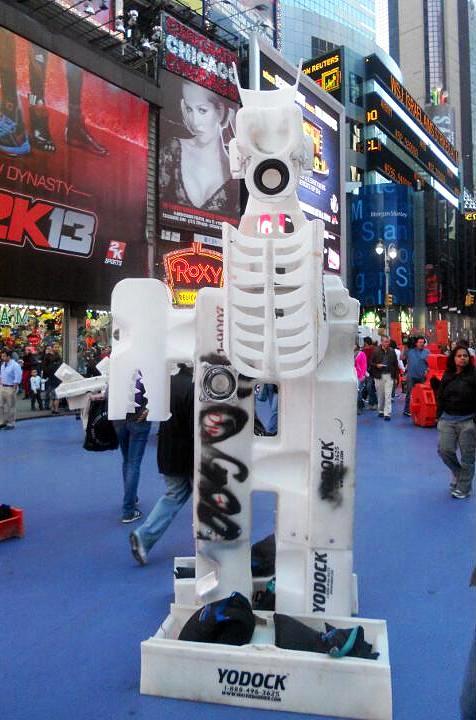
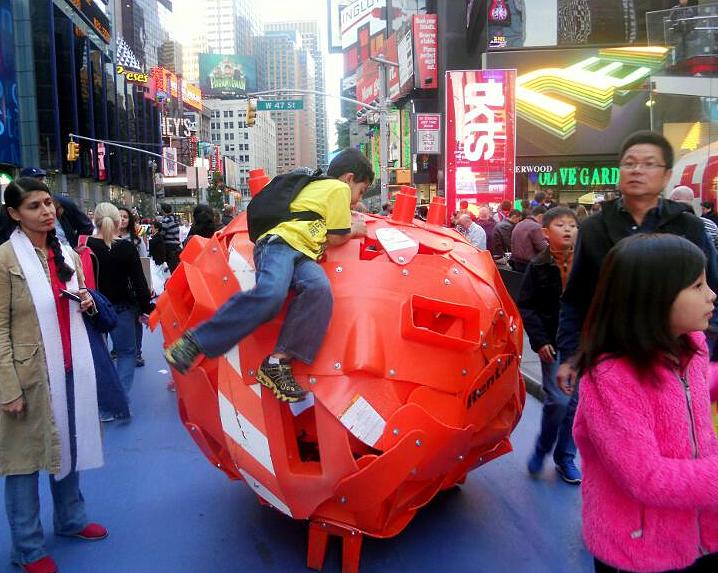
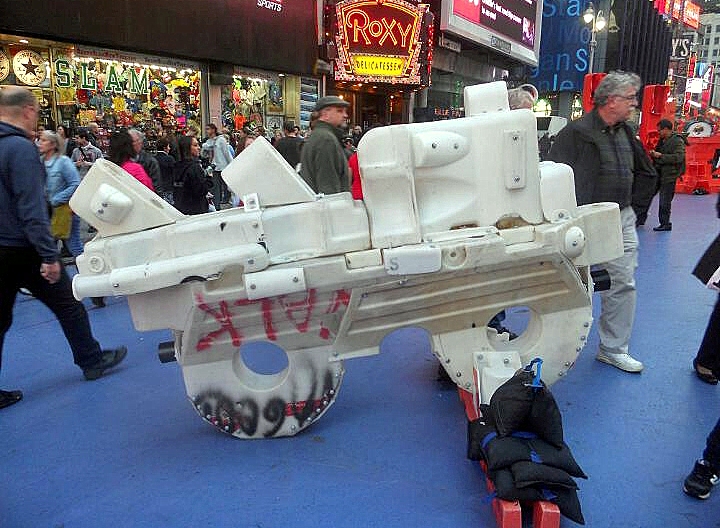

Bel Borba is also the subject of a documentary, Bel Borba Aqui, on view through tomorrow at the Film Forum on West Houston Street.
Photos by Tara Murray

With a wide range of playful and provocative performances and installations, the 8th annual Art in Odd Places Festival is turning Manhattan’s 14th Street into NYC’s most uncoventional open-air gallery. Here is a small sampling of what we saw:
Katrina De Wees, Forsenga
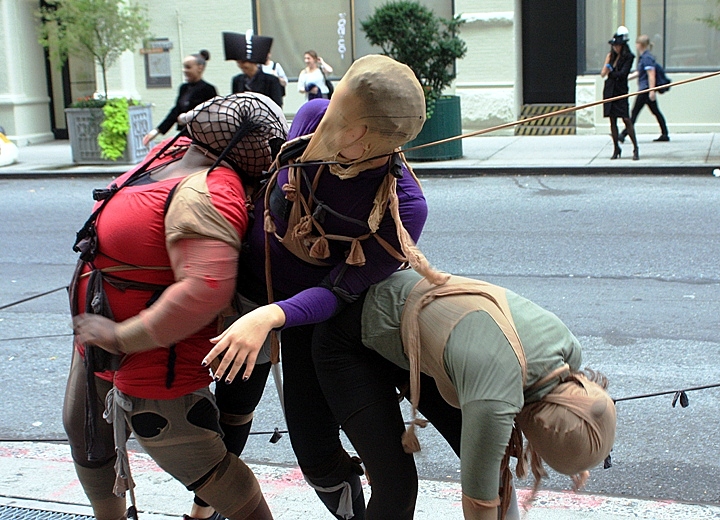
Michael Paul Britto, the Suspect War
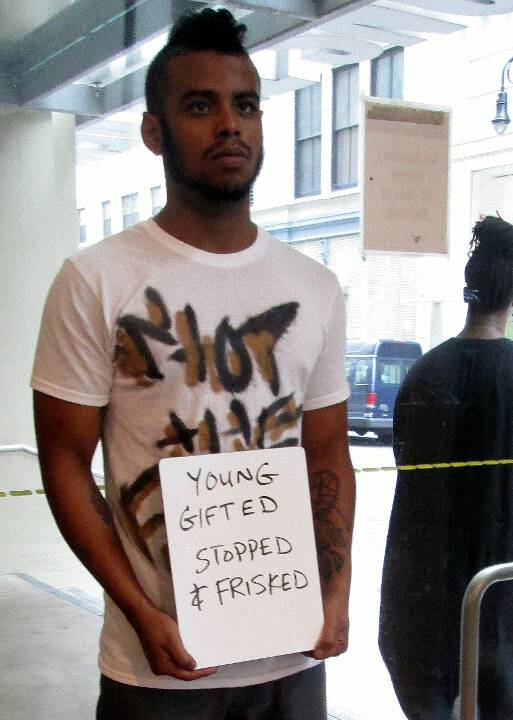

Tomashi Jackson, High Tide (Red Handed)
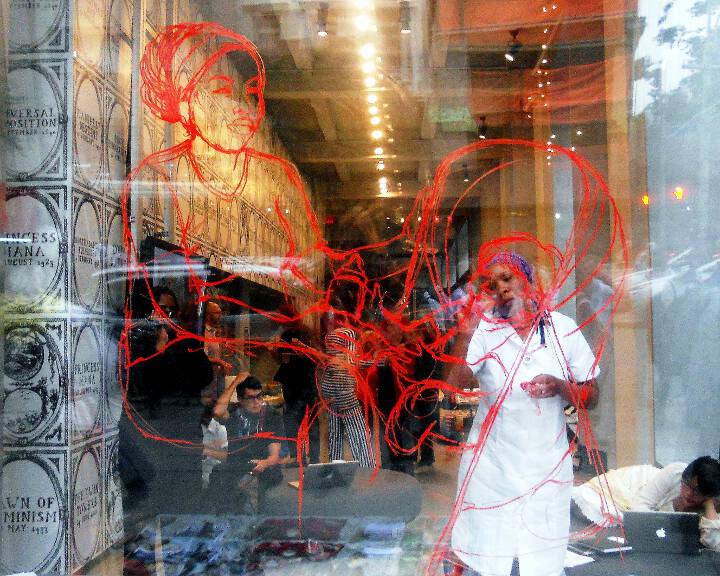
Anabella Lenzu, Ilusiones de Percantas (Women’s Dreams)
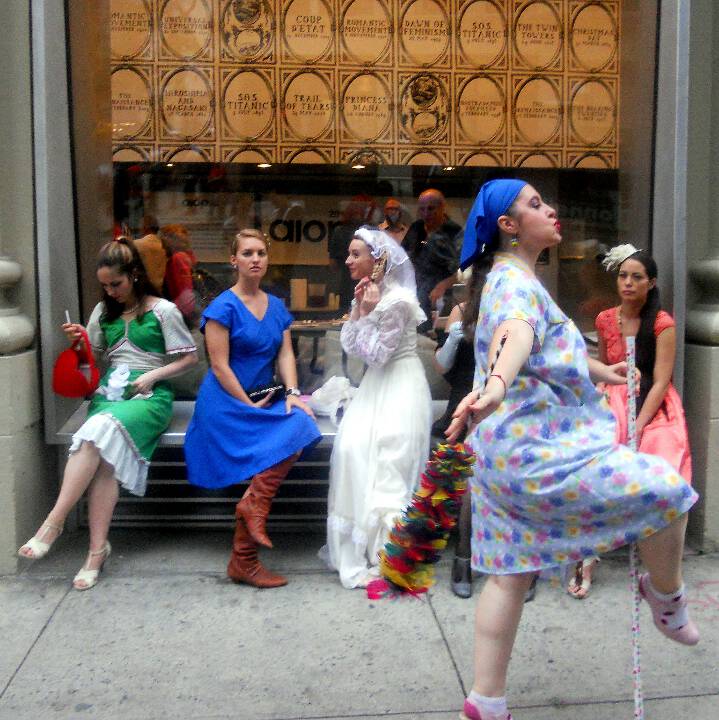
Lizzie Scott, Styrene Lounge


See Me Tell Me, Graffiti Fashion Show
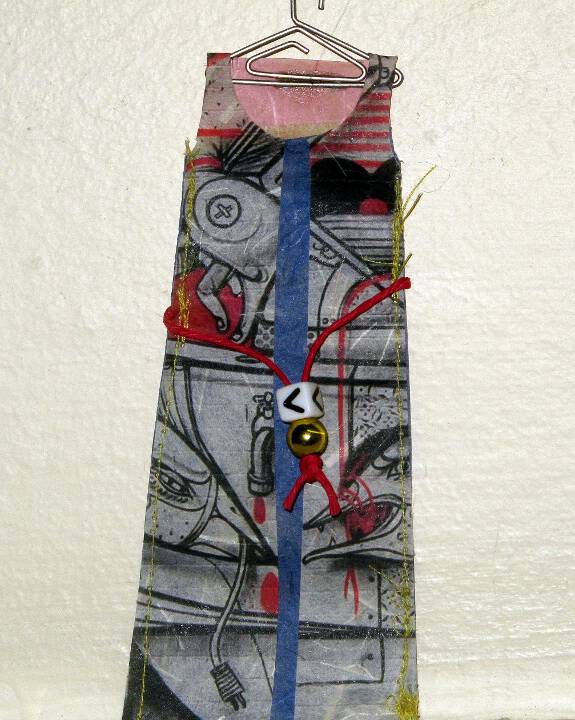
Rory Golden, No Reenactments without Prior Permission
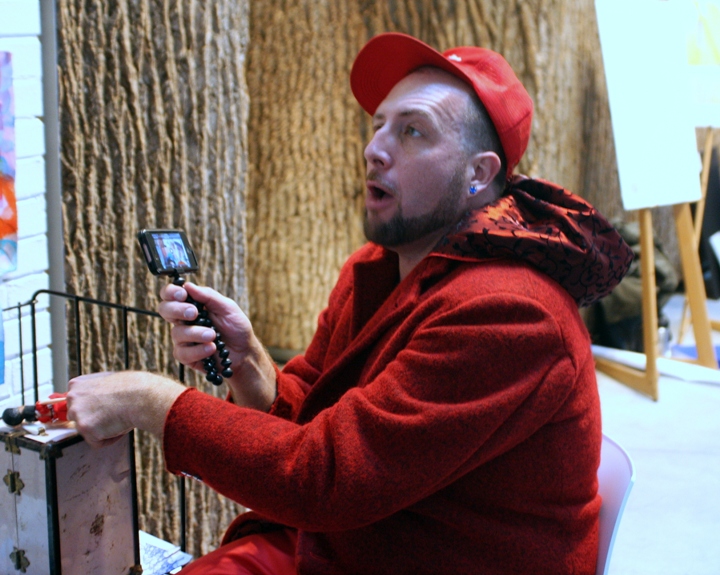
Featuring over 100 artists’ projects from Avenue C to the East River, this year’s AiOP continues to reclaim public space along 14th Street through October 15th.
Photos by Lenny Collado, Dani Mozeson, Tara Murray and Lois Stavsky
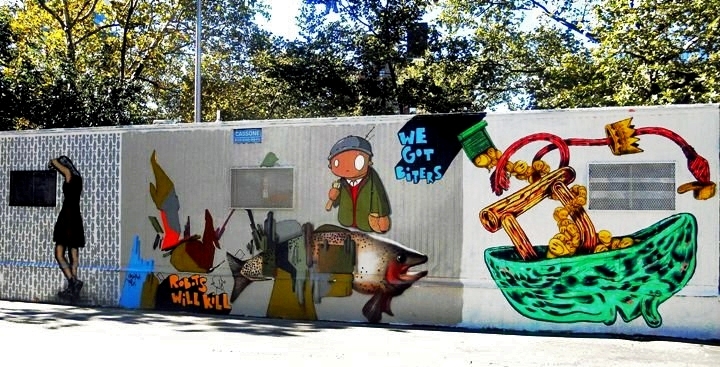
The East Village was the place to be this past weekend as the Centre-Fuge Public Art Project was at it again — transforming a once-abandoned trailer into a masterpiece of urban art. Here are some images from Cycle 5 captured over the weekend on East First Street off First Avenue:
Brooklyn-based ND’A at work
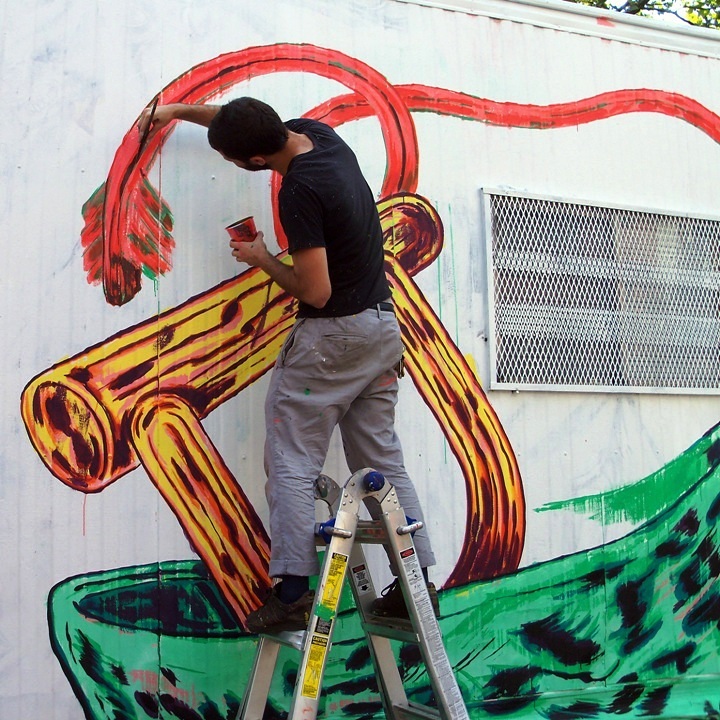
Completed piece with OverUnder

NYC’s prolific Chris and Veng, RWK at work

Close-up
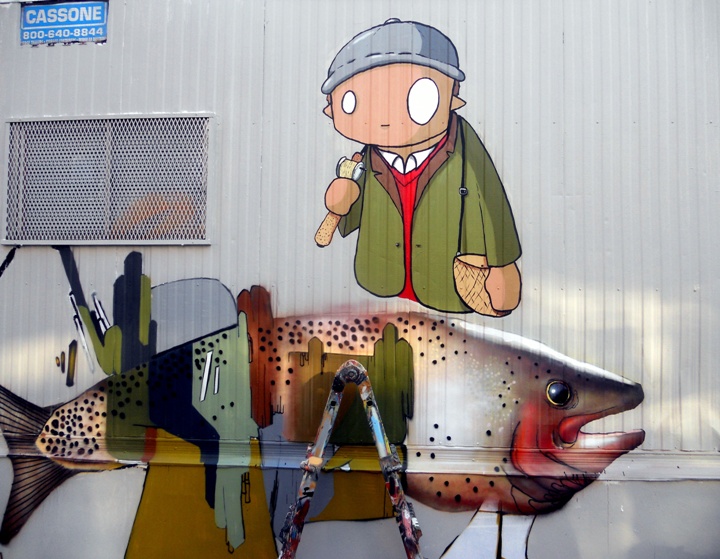
Iranian brothers Icy & Sot at work

Close-up from completed piece

Baltimore-native Billy Mode
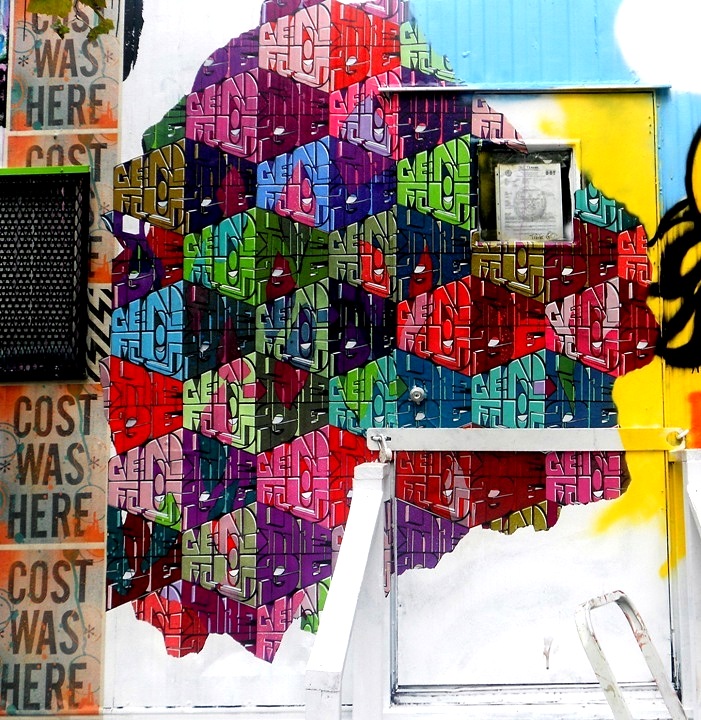
The legendary Cost and Brooklyn-based Enx at work
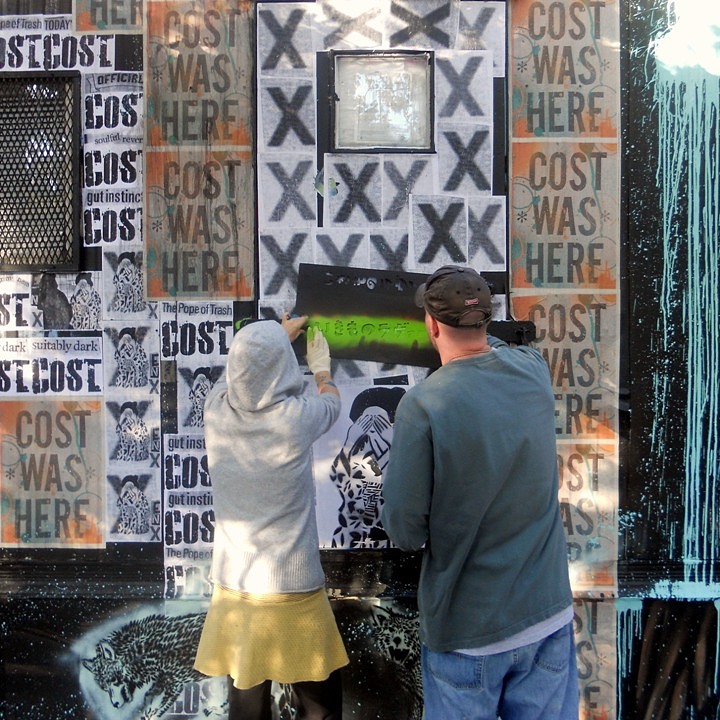
Completed piece
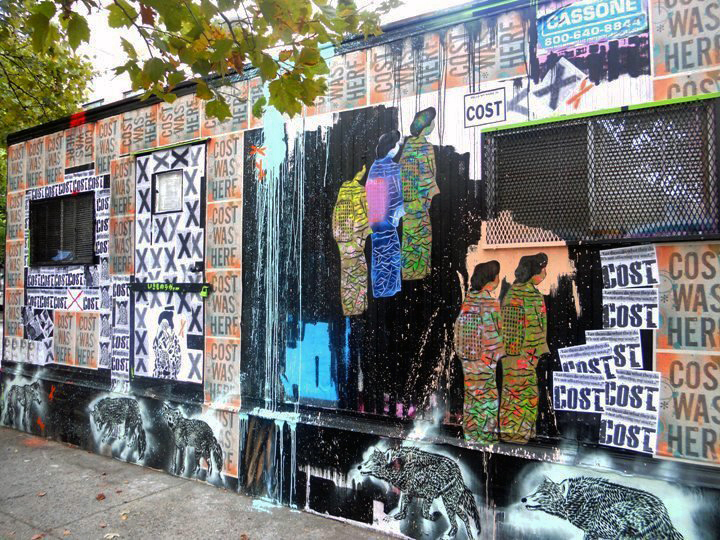
Brooklyn-based Jose-Aurelio Baez & Ponce, Puerto Rico native Noidone at work
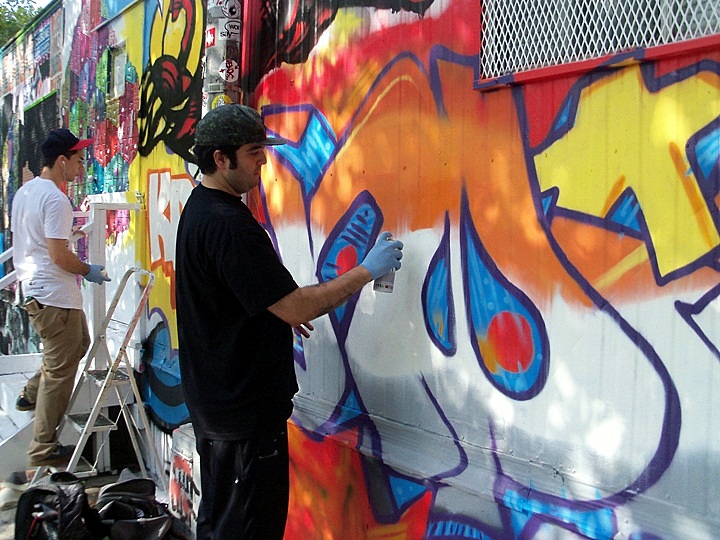
NYC native See One

Photos by Lenny Collado, Tara Murray and City-as-School intern Hallie Lederer
This is the second in a series of ongoing posts featuring the diverse range of stylish trucks and vans that strike NYC streets:
The masterful Curve in Manhattan
 More after the jump!
More after the jump!
This is the first in a series of the wide array of art — from first-rate stickers to iconic installations — that can be seen on and from the Williamsburg Bridge:
Swamp Donkey aka Swampy as seen from the Williamsburg Bridge
 More after the jump!
More after the jump!
Icy and Sot, two brothers from Iran, have gained international recognition for their expressive stencil art. Gracing public spaces in their native city of Tabriz, as well as in Tehran, their stencils reflect everyday realities and fantasies. We recently had the opportunity to speak with Icy and Sot during their visit to NYC.
What brought you to NYC?
We have a solo exhibit coming up next week. We wanted to be present at the show, and we are excited to be able to paint walls in NYC. We’ve shown in Italy, France, the Netherlands, Brazil, Australia and Finland, but this is our first solo exhibit outside of Iran that we will be attending.
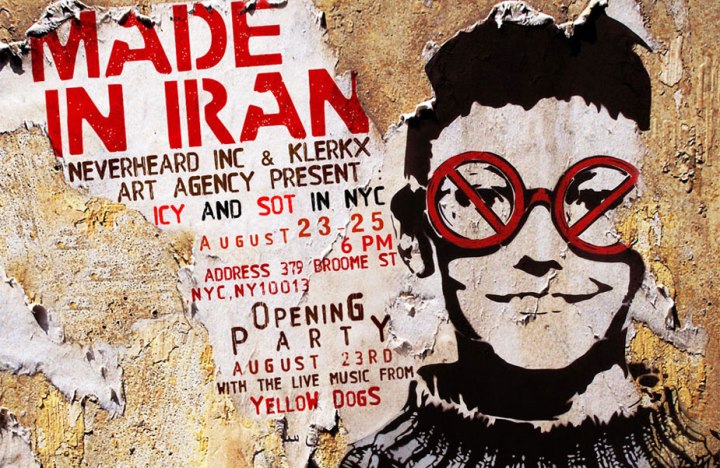
What are your impressions – so far – of NYC?
It’s an exciting city, and it’s been great meeting so many different artists and people. We never could have imagined a place with so much street art. And so many people have been so kind to us. We especially love Brooklyn — where we are now staying — as there are so many great walls. We are thrilled to paint here.
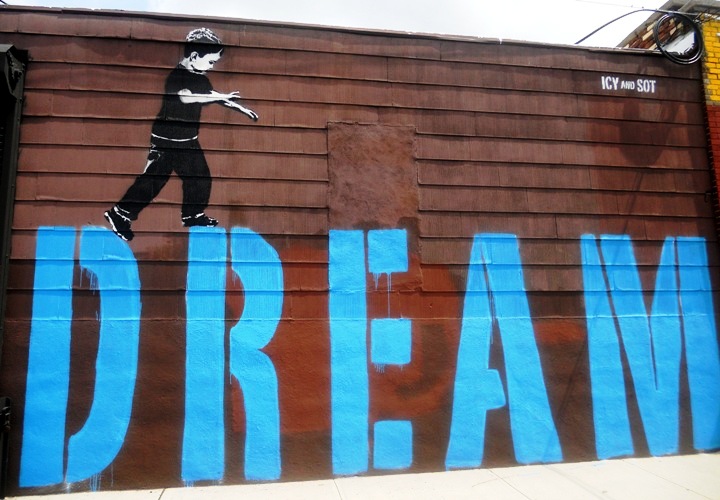 More after the jump!
More after the jump!










































